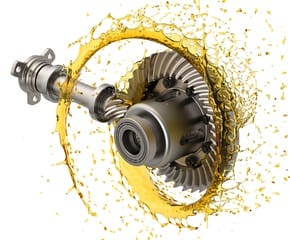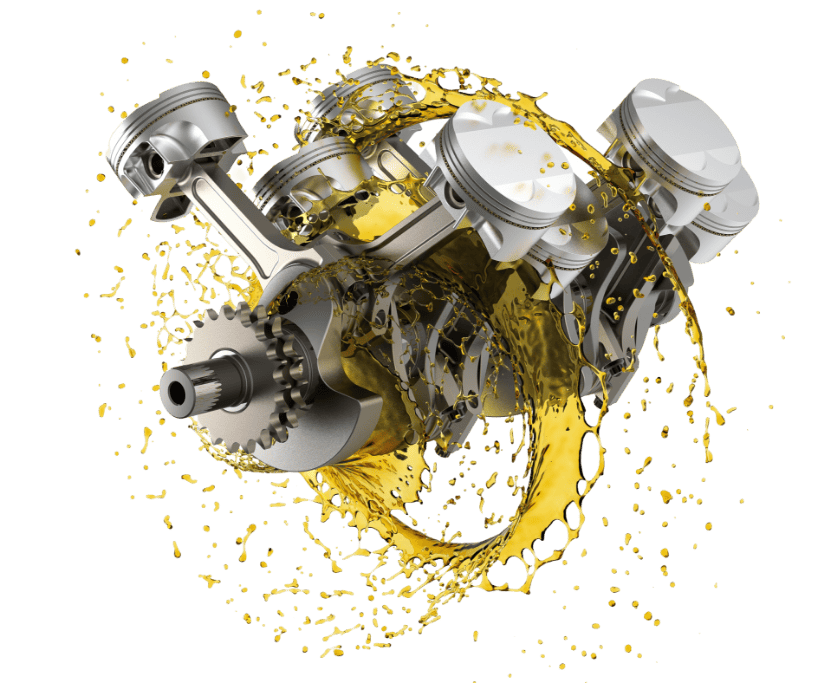SAFETY EQUIPMENT (PERSONAL PROTECTION EQUIPMENTS, PPE)
When in contact with coolant, safety equipment should be worn. in order to prevent potential hazards
can happen
- Glasses to prevent coolant from splashing into the eyes and vapors from the oil.
- Cloth to cover the nose, prevent smell and oil vapor from entering the nose.
- Gloves, shoes, completely covered clothing Protect the skin from contact with the coolant.
HAZARDS IDENTIFICATION OF COOLING OIL Hazards
Health Effects
- Gastrointestinal Effects: Harmful if swallowed. which may cause irritation
- stomach and can cause nausea and vomiting.
- Eye Effects: May cause slight eye irritation.
- Skin Effects: May cause slight skin irritation. If exposed for a long time or repeated exposure
- Respiratory Effects: Ingestion of vapors or mists can cause irritation of the mucous membranes of the respiratory tract.
- nose and respiratory system
Coolant Hazard Indicators (Hazards) IDENTIFICATION)
Health Effects
- Gastrointestinal Effects: Harmful if swallowed. which may cause irritation
- stomach and can cause nausea and vomiting.
- Eye Effects: May cause slight eye irritation.
- Skin Effects: May cause slight skin irritation. If exposed for a long time or
- repeated exposure
- Respiratory Effects: Ingestion of vapors or mists can cause irritation of the mucous membranes of the respiratory tract.
- nose and respiratory system
FIRST AID MEASURES (FIRST AID MEASURES)
- After ingestion: Do not vomit and get medical attention.
- On eye contact: Rinse eyes thoroughly with water for 15 minutes. If irritation persists, see a physician.
- On skin contact: Remove contaminated clothing and shoes. then wash the skin with soap
- and clean water. If irritation persists, see a doctor.
- Respiratory entry: Immediately remove the patient from the danger area. Go to an open area for easy breathing.
- If nose irritation persists, see a doctor.
FIRE FIGHTING MEASURES
- Suitable extinguishing media: Water spray, foam, dry chemical or carbon dioxide.
- Fire Fighting Procedures: Evacuate personnel from the area. prevent water and fire extinguishing liquid from flowing
- into rivers, sewers, or drinking water sources Firefighters must wear protective equipment.
- standard hazards Contains a flame resistant coat Helmet with face shield, gloves
- boots in case of fire in enclosed spaces Wear SCBA protective clothing.
- (Self-contained breathing apparatus)
Hazardous Combustion Products: Incomplete combustion products, Carbon oxides, Smoke,
chemical vapors, sulfur oxides

ACCIDENTAL RELEASE MEASURES
Procedures to follow in the event of a spill or leakage:
Stop spills with soil or sand. Then wipe clean with a mop or use a dry absorbent material.

Usage and storage (HANDLING AND STORAGE)
- Keep away from substances that can oxidize.
- Keep away from sunlight.
- Store in a dry place without moisture.
- Store in a cool place. (About 25°C)





